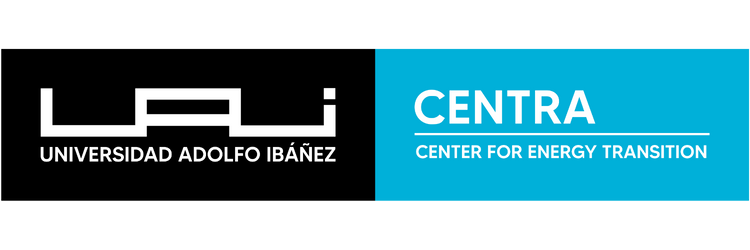Chile takes the first firm steps on the path towards a green taxonomy
June 1, 2022
Published by Diario Financiero.
Requiring companies to incorporate information on sustainability and corporate governance issues in their annual reports by regulation can help investors better choose where to invest, considering new global challenges. A similar approach is taken by the classification systems for sustainable economic activities that already exist in Europe, from which Chile can learn, according to experts.
In November of last year, the Financial Market Commission (CMF) issued a document as part of the publication of General Regulation No. 461, which incorporates sustainability and corporate governance issues in the annual reports of the entities it supervises. This is the first report in Chile that formally addresses the country’s need to establish a taxonomy that sets general criteria for investors and the public to evaluate and select initiatives that could better safeguard their interests. According to experts, this is a key roadmap for advancing towards an official classification of sustainable economic investments in Chile, a process already being led by the Ministry of Finance.
The Potential
For Raúl O’Ryan, academic at the Center for Energy Transition of the Faculty of Engineering and Sciences at Universidad Adolfo Ibáñez, the greatest potential of the document associated with Regulation No. 461 is that, by incorporating the duty to report on sustainability and corporate governance issues, it enables investors to be better informed about how the companies they invest in are addressing two key issues: the sustainability of their actions and investments, and the management of that sustainability.
“Additionally, it sends a strong signal that sustainability issues must be a priority in corporate management,” O’Ryan points out.
The effort to promote greater transparency in the market regarding the quality of an asset in terms of its alignment with sustainability objectives is crucial, says Gabriel Arancibia, corporate lawyer at Alessandri. This aims to “increase market transparency regarding this information and, of course, reduce transaction costs for different market players involved in evaluating such alignment.”
Going Further
O’Ryan emphasizes that this regulation is part of a broader context, where corporate social responsibility is becoming outdated, while ESG (Environmental, Social, and Governance) criteria are now the new corporate paradigm, also tied to global efforts to meet the Sustainable Development Goals (SDGs) established by the United Nations.
José Luis Blasco, Global Director of Sustainability at Acciona, agrees with this assessment. “ESG criteria help companies understand and explain how they manage some of the key ingredients for business success in the coming decades,” he states. However, he suggests that ESG criteria alone are not enough, as companies have traditionally viewed them as part of risk management.
For this reason, laying the groundwork for advancing the definition of this classification is crucial: “Taxonomy focuses less on ‘how’ companies manage (traditional ESG perspective) and more on ‘what’ activities they engage in.” In other words, it provides market information about companies’ abilities to identify and act on opportunities through their activities.
What’s Next
The implementation of the regulation could set a key precedent for beginning to align companies with taxonomic strategies, as Acciona has done, Blasco explains. He outlines part of the path they have taken since Europe implemented a classification system a few years ago: “We have audited our accounts for the third consecutive year based on the criteria established in the new European classification.” As a result, 93% of their eligible investments are aligned with the taxonomy, positioning the company as the world’s largest independent operator exclusively focused on renewables (over 10GW), and at the same time, as a leader in the construction and operation of sustainable infrastructure.
Examples like this highlight the importance of Chile establishing its own classification system, which must be developed “independently of national interests or specific technologies,” Blasco stresses.
Developing this instrument aligns with global trends. “It is in line with the most advanced global regulations, such as the European Union’s sustainable activities taxonomy, which aims at climate change mitigation and adaptation, transition to a circular economy, sustainable use of water and marine resources, among others,” emphasizes Arancibia.
For O’Ryan, developing a green taxonomy—understood as a guide based on sustainability indicators that facilitate comparisons between investment options—will enhance transparency in the investment decision-making process. More importantly, it will be fundamental in preventing greenwashing, “that is, using the concept of ‘green’ more as a marketing strategy than as a true approach to deep transformation.”

